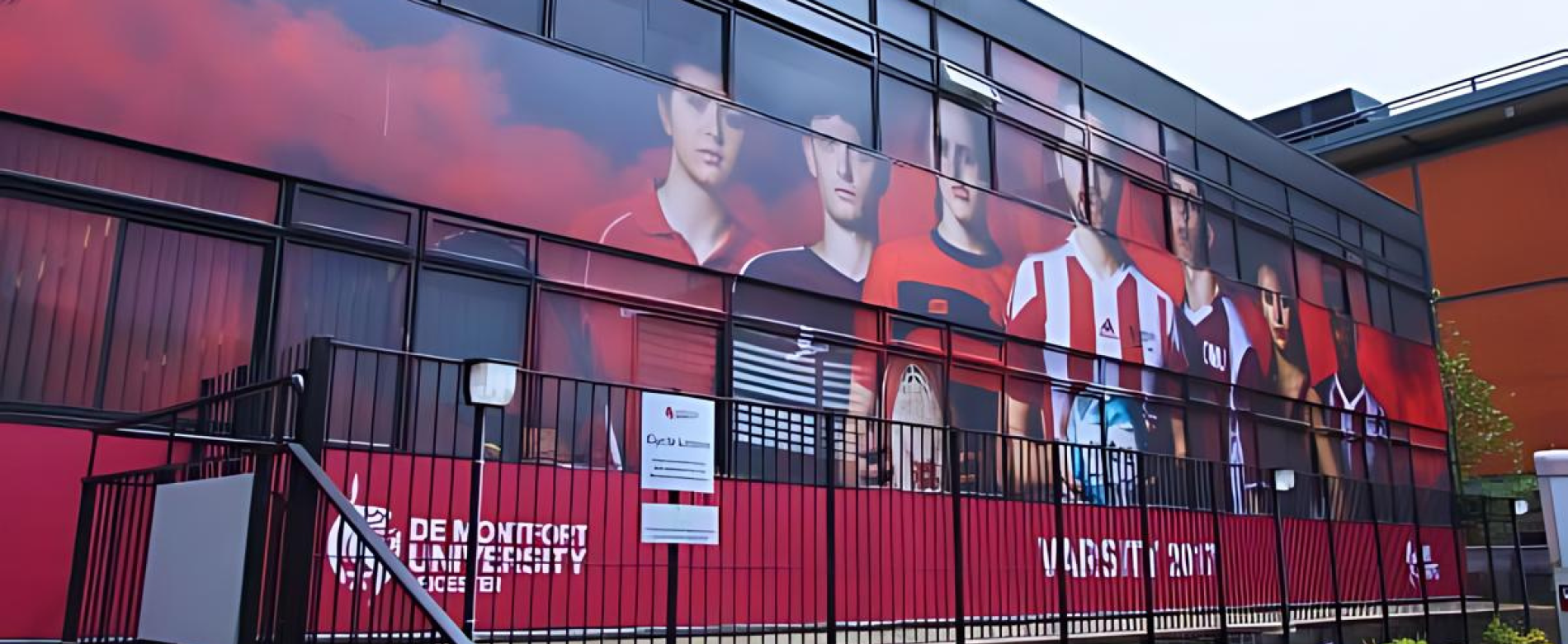Designing Spaces Students Want to Be In
University isn’t just where students come to learn - it’s where they live, connect, and grow. And while facilities, Wi-Fi and coffee shops all contribute, there’s a quieter, often overlooked influence on how students experience campus life: print and graphics.
From bold murals in common areas to clear signage in libraries and support spaces, visual design does more than decorate - it shapes behaviour, belonging, and experience. It influences how students feel in your spaces, how they move through them, and how they connect with your institution’s values.
Here’s how - and why it matters.
1. Fostering Belonging Through Visual Identity
Branded graphics help students feel part of something - not just enrolled, but included. A well-designed environment can quietly reinforce the culture, purpose, and community you’re working hard to build.
Tangible examples:
- University values or strategic pillars brought to life on walls
- Student voices or feedback quotes featured in social spaces
- Welcome graphics across campuses, reflecting your tone and visual identity
Students engage more deeply with environments that reflect who they are - and what they’re working towards.
2. Creating Inclusive, Student-Centred Environments
Campuses are increasingly diverse - culturally, neurologically, and physically. Students now expect spaces to be designed with accessibility and wellbeing in mind.
Print and signage can support this by offering:
- Clear zoning (e.g. quiet, study, and social areas) using intuitive visual cues
- Accessible signage design - high contrast and simple symbols for visibility and clarity
- Tactile or Braille elements to meet DDA compliance
- Soothing colour palettes in wellbeing or sensory-sensitive areas to reduce overload
Done well, graphics can reduce anxiety, improve comfort, and show students that every user has been considered.
3. Helping Students Navigate with Confidence
Finding your way shouldn’t require trial and error - especially during those crucial first weeks. Confusing signage increases anxiety and creates a negative first impression.
Effective print solutions include:
- Branded, consistent wayfinding graphics across all buildings
- Temporary overlays or vinyls for freshers’ events or room changes
- Freestanding or pop-up signs for high-traffic days
This reduces pressure on staff and allows students to move through campus independently - building confidence from day one.
4. Bringing Underused Spaces to Life
Most campuses have a few dated stairwells, empty corridors, or quiet corners. These areas are ideal for purposeful visual design that creates interest, community, or simply a more welcoming feel.
Options include:
- Rotating student work displays curated by departments or societies
- Sustainability messages highlighting your environmental impact
- Modular wall graphics that evolve across the academic year
These spaces become touchpoints of engagement - not just walk-throughs, but part of the student experience.
5. Making Campus Feel 'Student-First'
Students notice when a space has been designed for them. They notice when signage is intuitive. When walls reflect real values, not marketing slogans. When colour, tone, and message match the student journey - not just the brand guidelines.
That builds trust. It supports retention. It helps turn a building into a place where students want to be.
Final Thoughts
Print and graphics aren’t just add-ons - they’re part of your infrastructure. They quietly shape emotion, identity, and engagement.
As higher education institutions focus on belonging, mental health, and recruitment, the spaces you create matter more than ever. And the way those spaces look, feel, and function starts with purposeful design.
If you want your campus to feel like it belongs to your students - start with the visuals.
Need help shaping your campus environment?
We work with estates, marketing, and student experience teams to deliver signage and graphics that are bold, inclusive, and built to last - with full support from concept to install.

